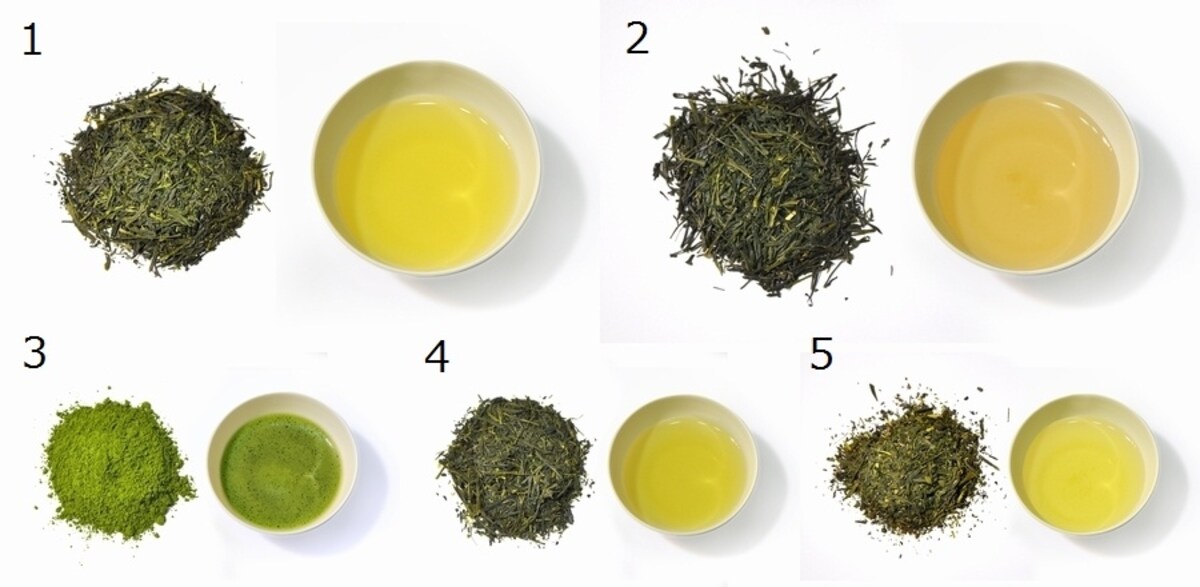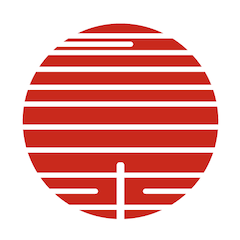Matcha or Sencha? A Green Tea Primer
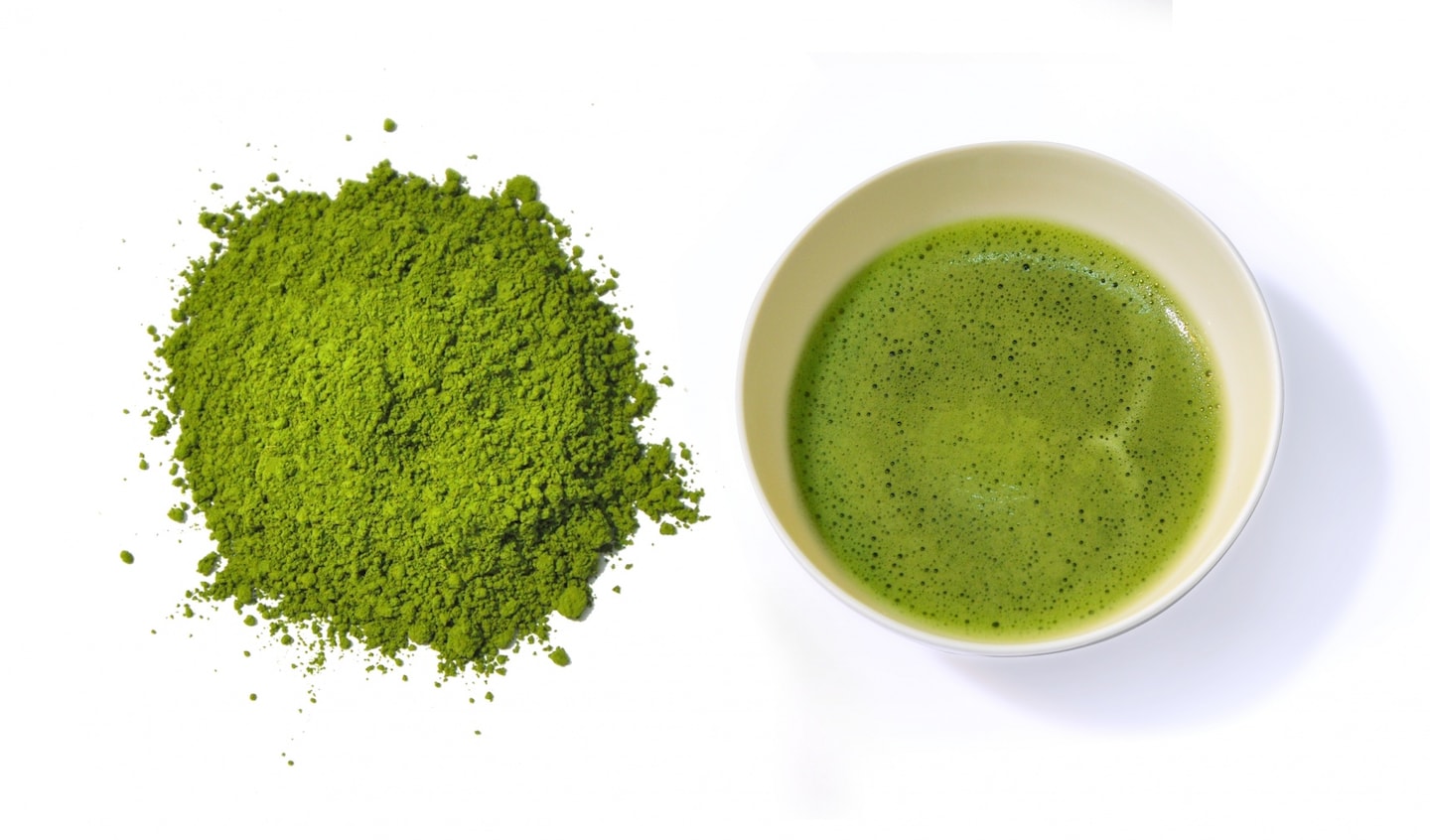
Tea is a big part of Japanese culture. It's not that it's central to people's lives, per se—it's just ubiquitous. You'll find a variety of hot and cold tea drinks—both Western and Eastern—in every convenience store, grocery store and vending machine right beside soda and coffee.
By 100 JAPAN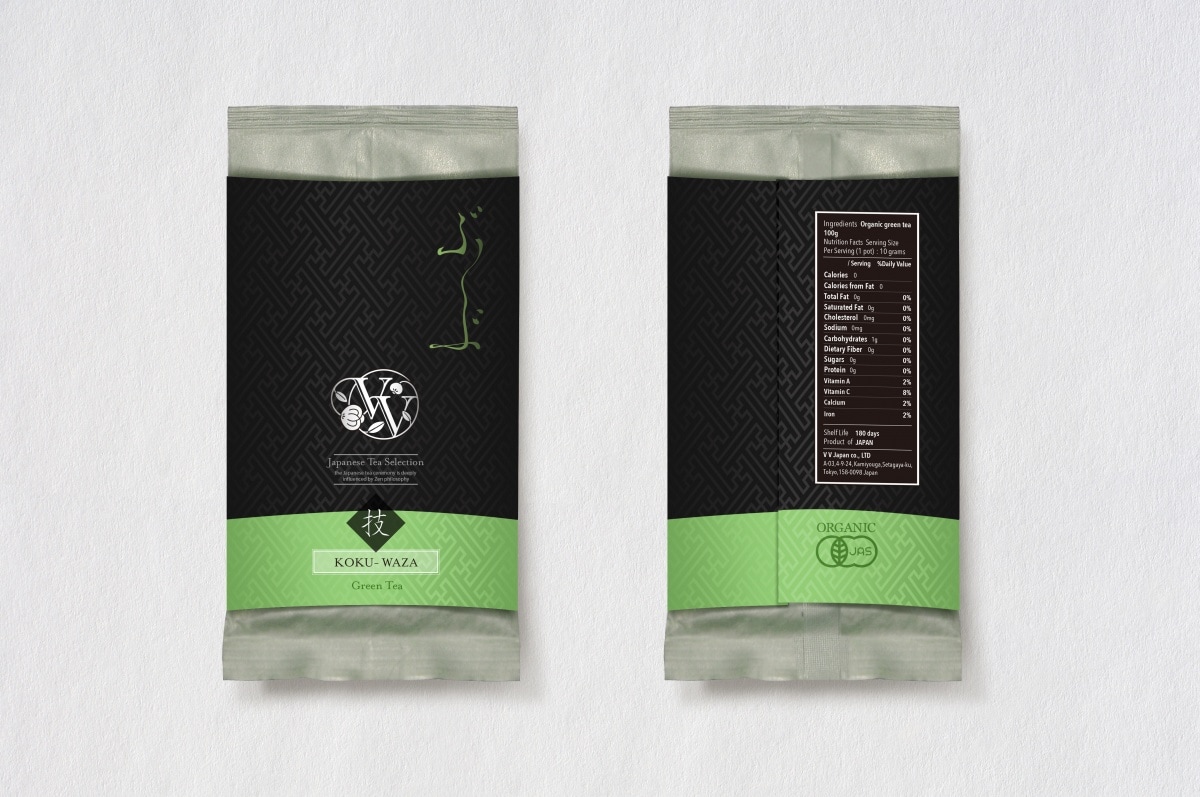
If you sit down for a meeting, you'll likely be brought a cup of tea without being asked whether you'd like one. The same goes if you enter someone's home, and the common space in a house was once even called cha no ma—literally, the "tea space." Suggesting that you should bring out more tea is even a subtle social cue to imply that it might be time for your guests to head home.
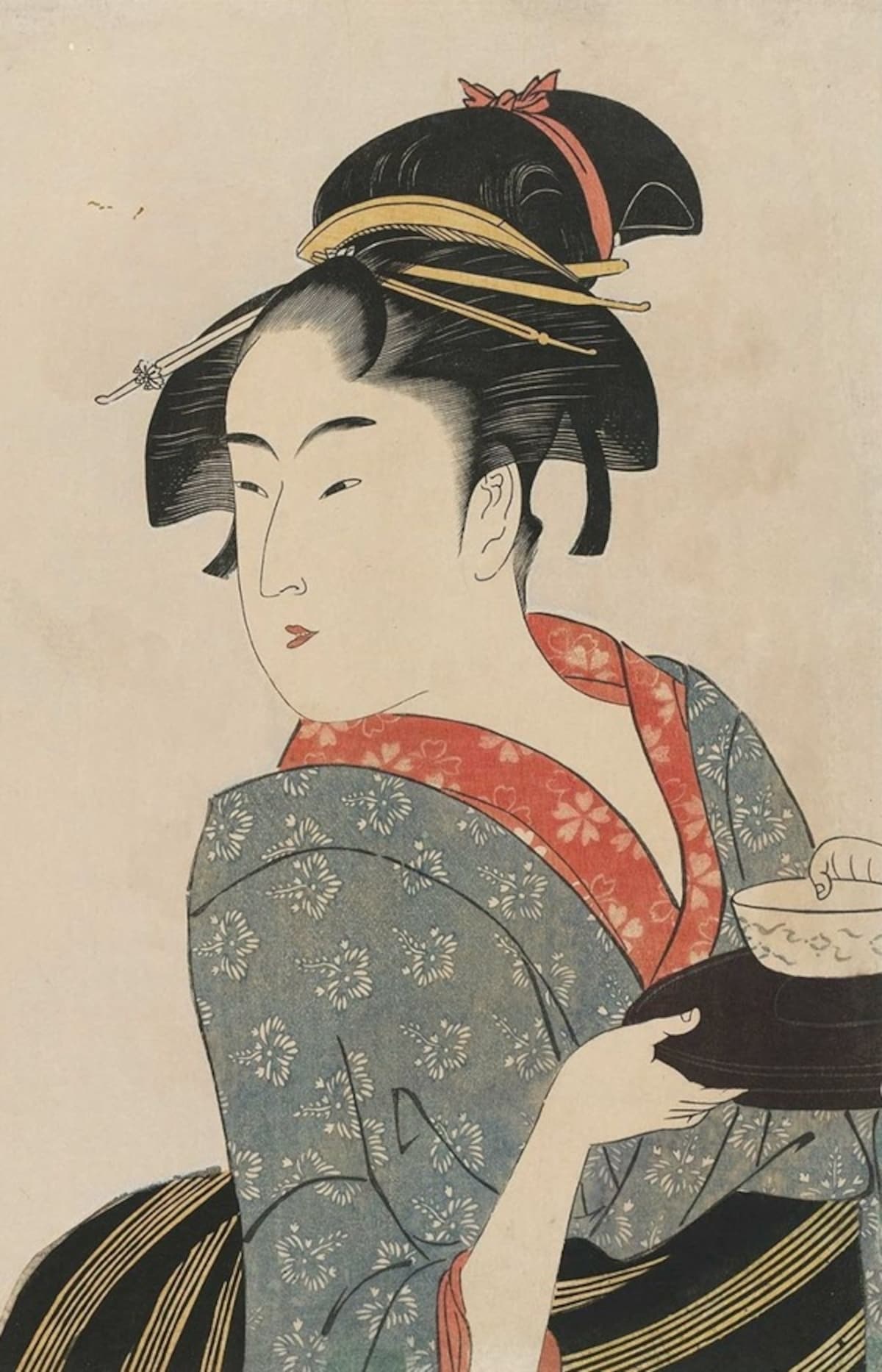
http://www.bestweb-link.net/PD-Museum-of-Art/ukiyoe/html/1440_utamaro-2.html
It's believed that tea was first introduced to Japan by Buddhist scholars returning from China during the Nara and Heian Periods (710-1185). The drinking of tea is first recorded in the Nihon Koki (Later Chronicles of Japan). Completed in 840, it states that the monk Eichu prepared tea for Emperor Saga in the year 815.
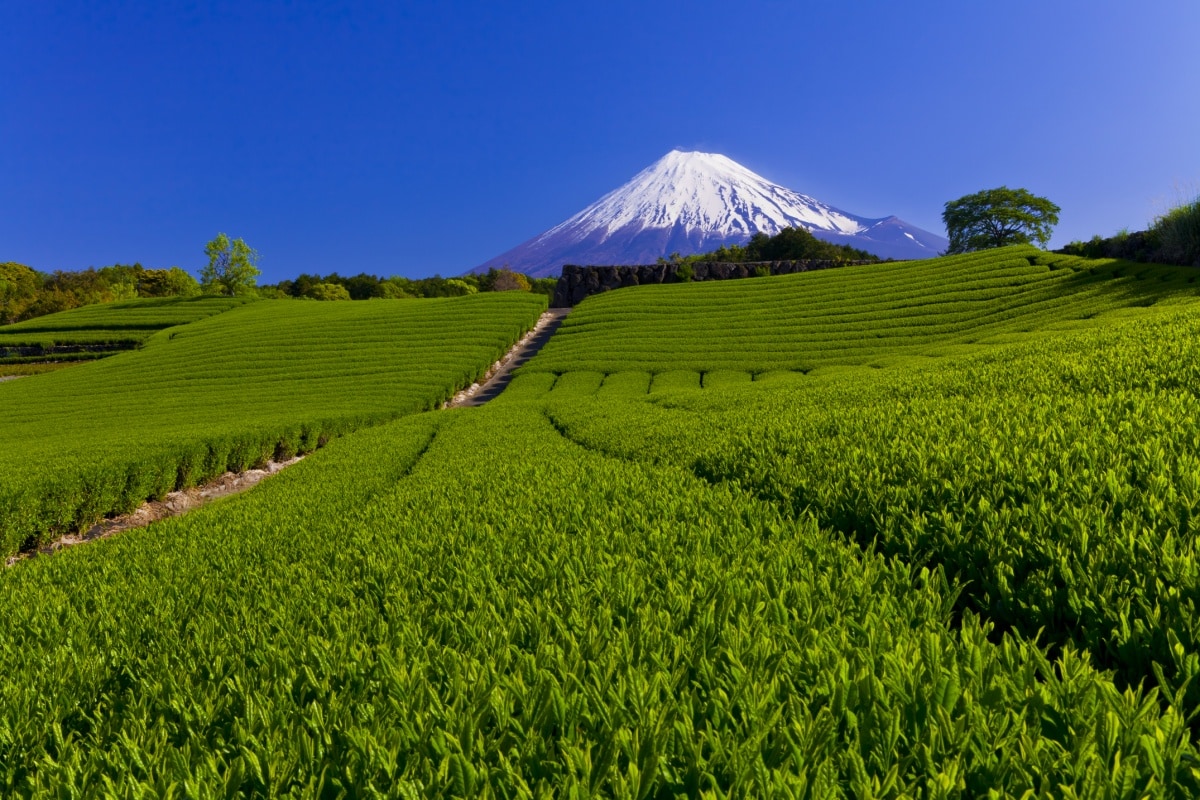
In Japan, tea is referred to as cha (茶) or ocha (お茶). There are a few domestic varieties, and green tea is known as ryokucha (緑茶) or sometimes nihoncha (日本茶, literally, "Japanese tea").
While tea is grown in many parts of the country, the Three Great Teas of Japan are considered to be Uji-cha, which was originally grown in Uji City in Kyoto Prefecture, though now also grown in Nara, Shiga and Mie; Shizuoka-cha, grown in Shizuoka Prefecture; and Sayama-cha, grown in western Saitama Prefecture and the Nishitama region of Tokyo.
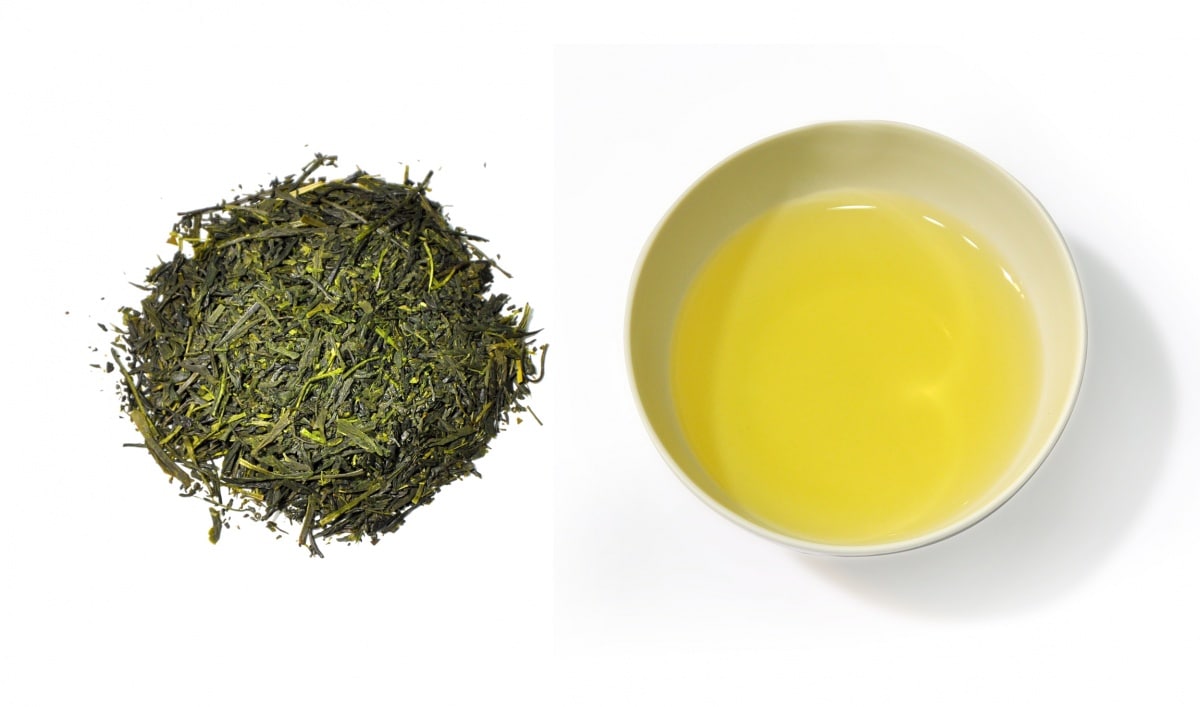
Green tea bushes will vegetate multiple times in a year, and there are various grades of green tea based on the time of harvest and how much the leaves were protected from the sun.
Sencha (煎茶) is essentially synonymous with "green tea," and the standard form found in Japan. Picked from the first or second flush, the leaves are not protected from the sun, and the resulting tea tends to be rather bitter. Bancha (番茶), on the other hand, is coarse, low-grade green tea made from leaves harvested in the third or fourth flush in late summer.
Gyokuro (玉露) is top-class tea picked from the first flush and grown under the shade of straw mats for 20 to 30 days prior to harvest. Literally meaning "jade dew," it has a sweeter aftertaste than sencha.
Tencha (碾茶), meanwhile, uses the same kind of leaf as gyokuro, but after steaming and drying, gyokuro leaves are kneaded, while tencha leaves are not. It's tencha leaves that are used to make matcha.
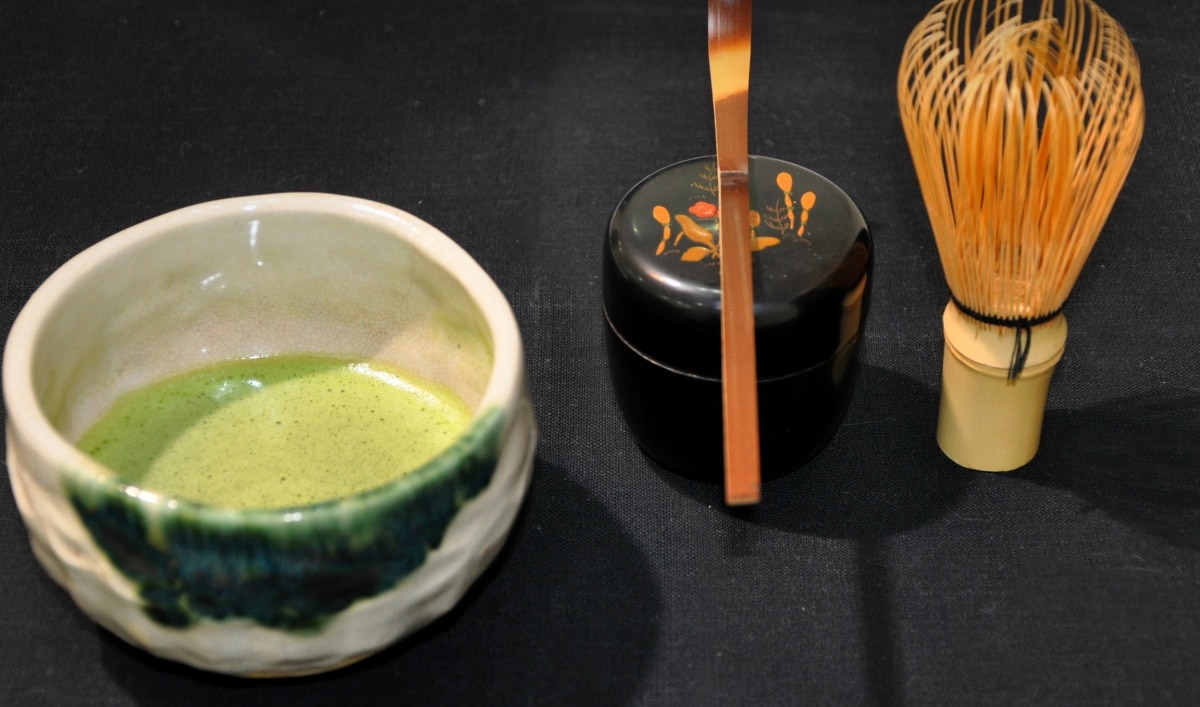
Matcha (抹茶) is powdered green tea. While other kinds of green tea can also be powdered, it's distinguished by its jade-like bright green color. It's made by grinding the full tea leaves into a fine powder, retaining all of the original nutrients. The flavor is smooth and creamy, with no astringent aftertaste.
Matcha is specifically used in the Japanese tea ceremony, called sado (茶道, the way of tea, sometimes read chado) or cha-no-yu (茶の湯, hot water for tea). Nowadays you'll also find matcha garnishing sweets all over Japan, from ice cream to Kit Kat bars.
Beyond obviously "green" domestic teas, hojicha (ほうじ茶) is made by roasting green tea (usually bancha) over charcoal, giving it a reddish-brown color and a mild taste. Meanwhile, genmaicha (玄米茶) is made using grains of genmai (unpolished brown rice) that are roasted and mixed with bancha or sencha. Traditionally considered "poor man's tea," it's actually quite popular today, considered easy to drink, with a yellowish color.
Chinese oolongcha (烏龍茶), or oolong tea, is also very popular in Japan. Brown in color, it's made by allowing the tea leaves to oxidize in strong sunlight.
Hot or cold, steeped or powdered, there are plenty of ways to enjoy green tea in Japan! Why not try ordering some of the options below!
1. KOKU-WAZA
2. UMAMI-AOI
3. VV-SAKURA
4. VV MATCHA-KIRI
5. VV-MINT


